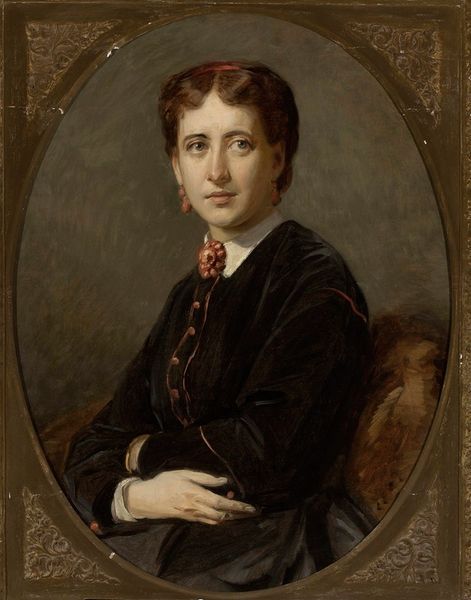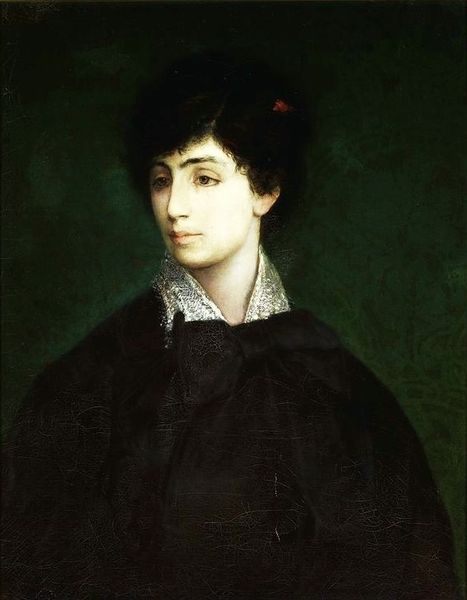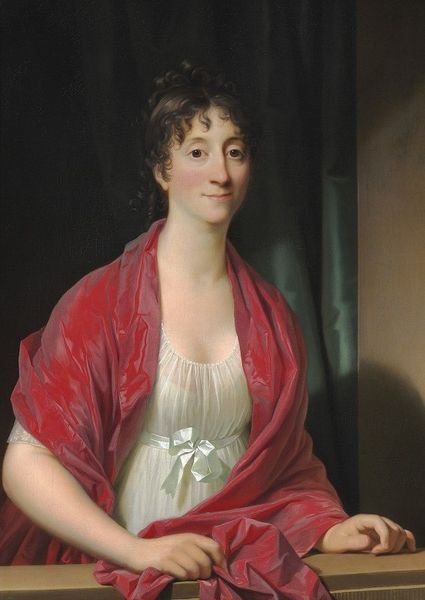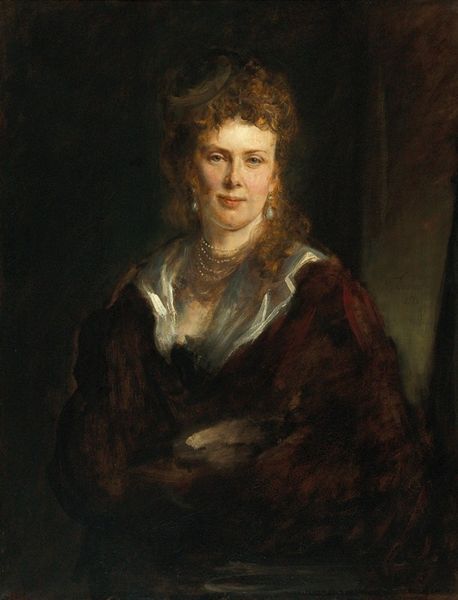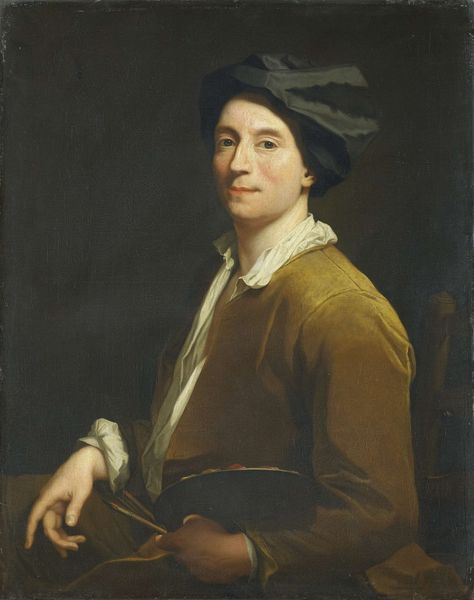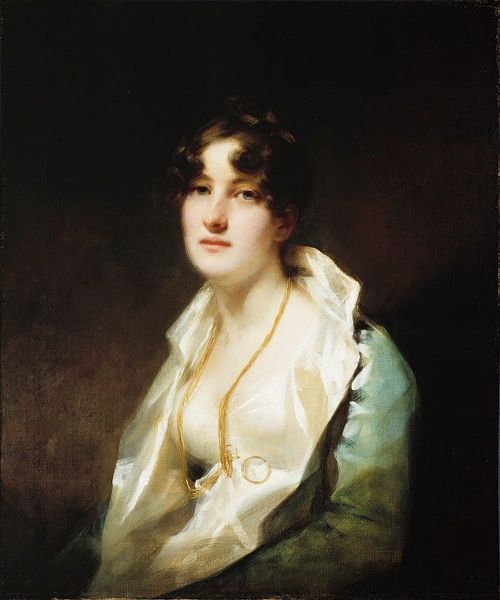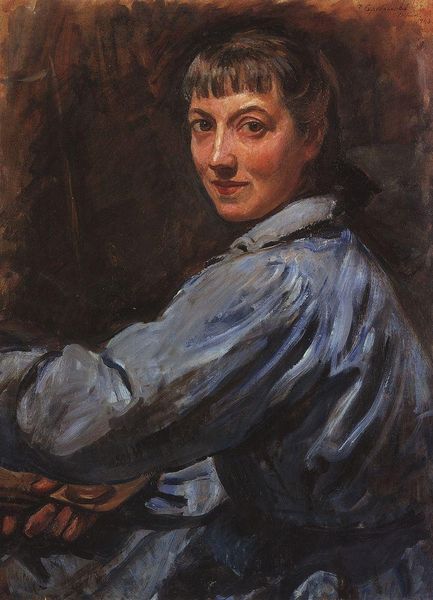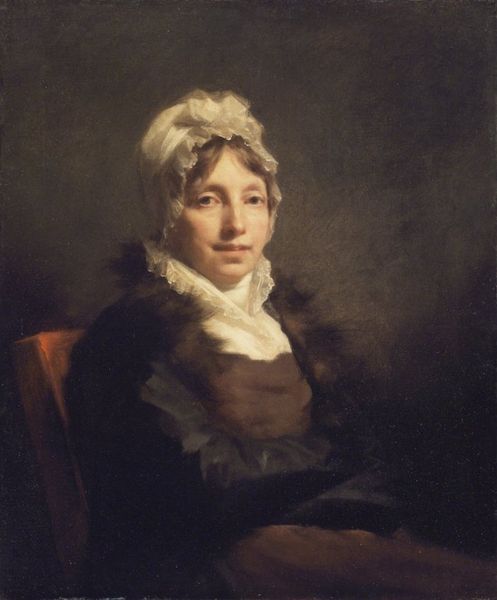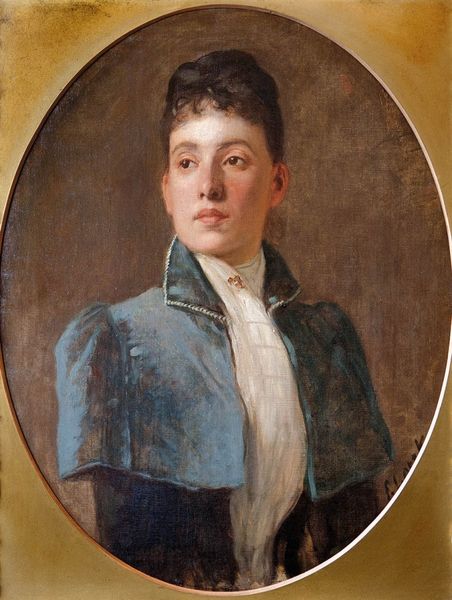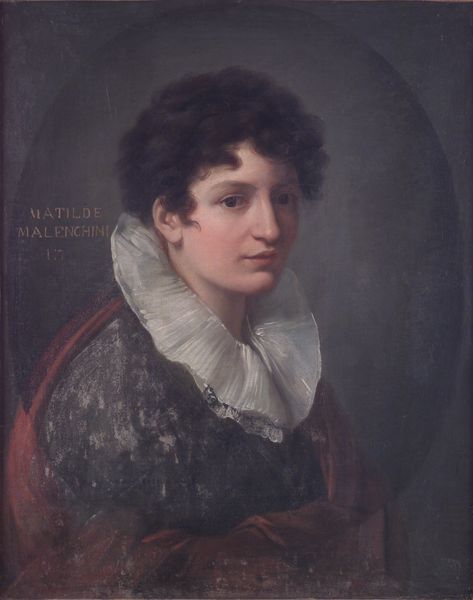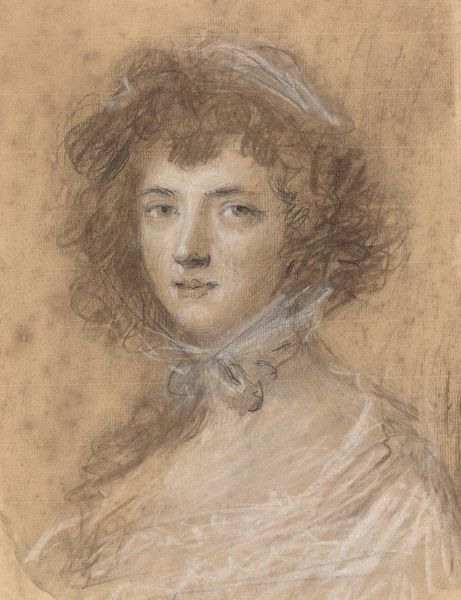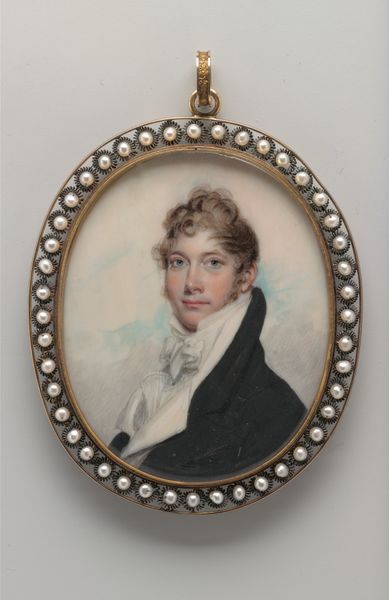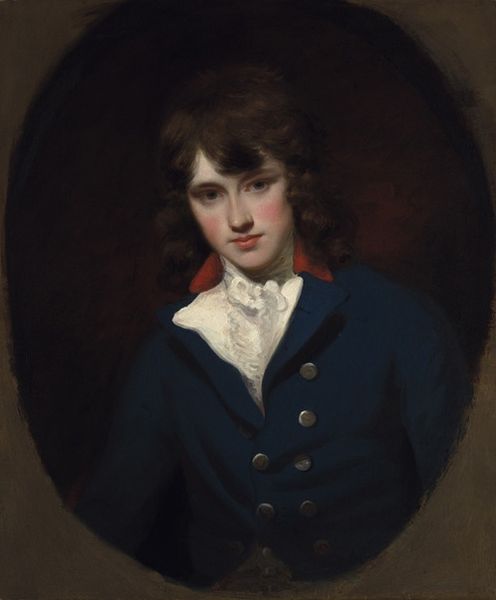
painting, oil-paint
#
portrait
#
figurative
#
portrait
#
painting
#
oil-paint
#
figuration
#
romanticism
#
history-painting
#
academic-art
Copyright: Public Domain: Artvee
Curator: The painting we’re viewing is titled "Portrait Of Florentius Josephus Van Ertborn," an oil on canvas attributed to Jean-Baptiste Greuze, painted sometime between 1784 and 1840. Editor: It's a striking portrait; my first thought is the glossiness of his robe—likely silk—with a luminosity that seems to pull forward from the dark background. Curator: I agree. What resonates with me is the tension it holds: Van Ertborn’s own politics, deeply entwined in the Belgian state during a period of revolution and formation, rendered in the intimacy of a Romantic-era portrait, almost domesticating the political figure. Editor: And that intimacy is undeniably due to Greuze's material handling; consider how the light is manipulated through thin layers of oil, especially on the face and in the glossy fabric. It speaks to a level of craftsmanship meant to evoke not just likeness, but status and personality. Curator: Absolutely, the status is evident. The loose brushwork of the garment is fascinating—the high collar and polished black fabric serve as a signifier of a specific form of 18th-century male identity. Notice how Greuze positions the body to draw the viewer into direct connection with his piercing eyes. The gaze performs a function of engaging us to consider Ertborn not just as subject, but as a fellow contemplative intellectual. Editor: But the way the artist handles that black fabric, particularly the reflected light and soft folds around the subject’s arms—that’s not simply a show of status but the demonstration of skillful labor by both artist and those who worked the material to this end. And this particular handling makes me question if there were any cheaper fabrics available at that time to achieve this status marker. Curator: The painting offers an exploration of the links between power, gendered subjectivity, and class that the figure represents. The portrait, placed within our modern discourse of selfhood and identity, allows us to explore those very specific parameters in new ways. Editor: It allows us, through close observation of technique and materiality, to ask specific historical questions. It encourages inquiry into the labor and materials behind a surface impression of a subject, especially during tumultuous social change. I am fascinated by those reflections and shades and what they may denote within this context. Curator: Indeed. This analysis of the subject becomes less about him individually, and more a lens into late 18th century intersectionality and how it pertains to our understanding of our present moment. Editor: I agree, and considering the artist's labor and skill alongside materials contributes vital context when grappling with such representations of social standing during that period of history.
Comments
No comments
Be the first to comment and join the conversation on the ultimate creative platform.
